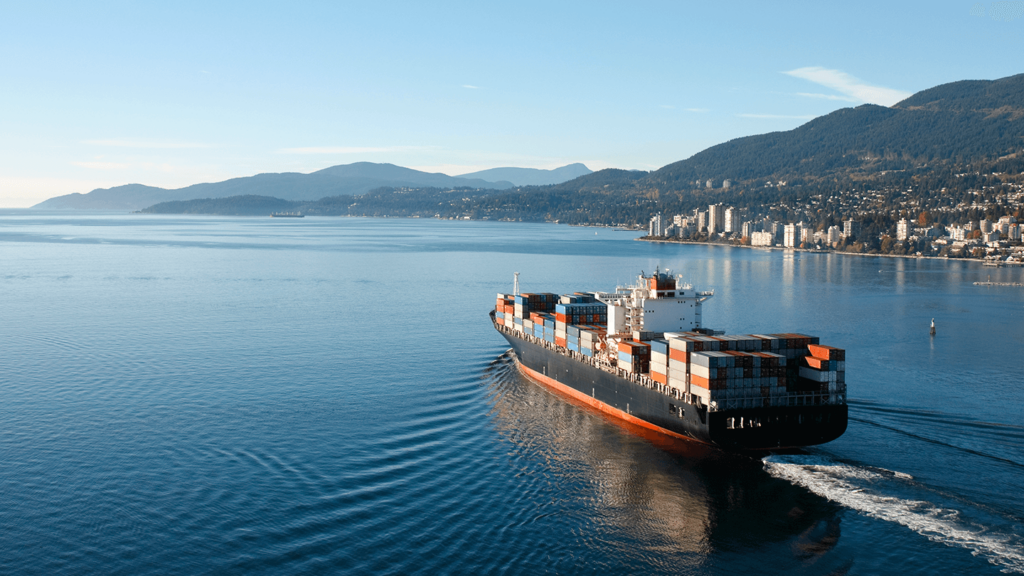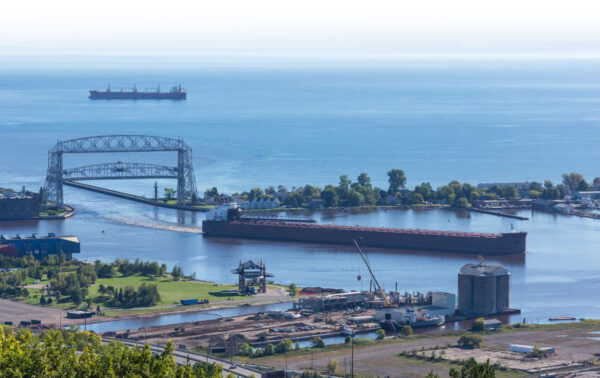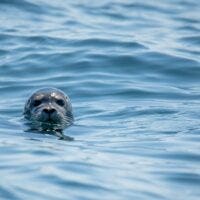Clear Seas, MEOPAR and exactEarth hosted an interactive workshop on how advances in maritime traffic monitoring and modelling can directly improve marine safety best practices, emergency response and cross-jurisdictional collaboration across the Pacific Northwest on April 11 and 12, 2016 in Vancouver, BC.
PRESENTED BY:

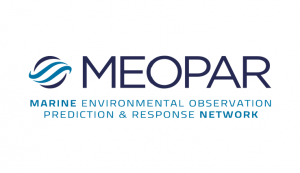

Workshop Overview:
The purpose of this two-day workshop was to share best practices in monitoring, modelling/application, resource-sharing, government & community engagement and to better understand the role of these activities in policy-making. The overall goal of the workshop was to generate outcomes that lead to increased collaboration and efficiencies within the Pacific Northwest Maritime Domain Management system.
Workshop Summary Report:
Following the workshop, Clear Seas developed a post-workshop summary report, that includes highlights from the two-day event.
The motivation for the workshop stemmed from the realization that a vast amount of marine shipping and vessel traffic data has become available since the widespread implementation of Automatic Identification Systems (AIS).
The workshop was structured to explore the state-of-the-art applications and the immense potential of these rapidly developing technologies to improve the monitoring and management of passing marine traffic by coastal states. The AIS data is also increasingly used to model marine traffic patterns for marine spatial planning, ship noise and emissions assessments, risk modelling for spills and accidents, and other marine management issues.
The timeliness of the workshop was indicated by the vibrant participation of over 100 representatives from industry, government, and academia, and from Europe, the United States, and Canada.
Presentations, panel sessions and interactive group work addressed topics ranging from practical applications to policy making, from multi-stakeholder engagement to data sharing.
Workshop participants agreed to reconvene within a year’s time to continue the conversation. The agreed-on next steps and actions included the further advancement of systems and processes, and also the need for enhanced collaboration to make effective use of the existing data.
A graphic recording artist attended the workshop to create visual representations of each session. The resulting images are used to illustrate this workshop report.
Workshop Objectives:
- To communicate among attendees – best practices and approaches for acquiring, managing and analysing maritime traffic data for the purposes of maritime domain management
- To identify and discuss wants, needs, and ‘use cases’ with respect to marine traffic data and applications, from stakeholders’ and decision makers’ perspectives, as well as from researchers’ and analysts’ perspectives
- To gauge interest in forming an ongoing Working Group (perhaps advising existing marine safety councils and task forces in the Pacific Northwest) with periodic engagement to continue exploring best practices and developing collaborations in Maritime Domain Management
Agenda Overview:
The model for the workshop agenda was to host progressive sessions that are thematically inspired by a conceptual research and policy development process:
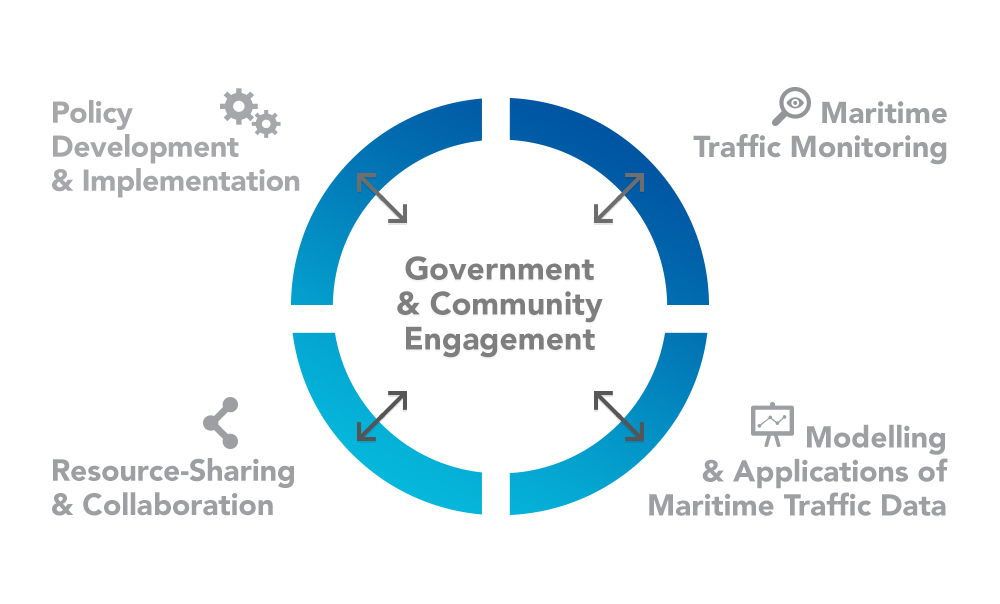
Read the complete workshop summary report (PDF).
